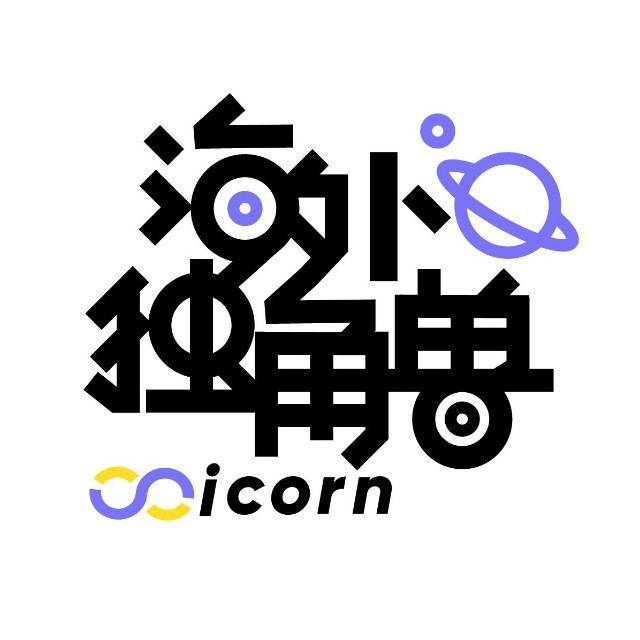拾象投研团队发布了 2026 年 AI 领域的 20 大关键预测。文章展望了 AI 新范式(如 Continual Learning)的出现,ChatGPT 成为全球性入口并实现“App-store Moment”,OpenAI 估值突破万亿,xAI 与 Tesla 合并以打通数字和物理世界 AGI。同时预测 2026 年将是企业级 AI(Enterprise AI)大年,多模态技术迎来“AI Coding 时刻”并诞生现象级内容产品,以及 Long-horizon Tasks 和多模态需求驱动新一波数据公司成长。文章还探讨了个性化 AI 的竞争壁垒、World Model 路线收敛、Agentic Web 引发的行业博弈,以及 AI 在科学研究中的突破。此外,还预测了中国公司将持续占据开源 SOTA,AI 公司估值共识形成,Nvidia 在光互联领域激进投入,多模态爆发带来存储革命,推理算力大爆炸,美股 AI 公司 IPO 浪潮,Google 市值突破 5 万亿,以及自动驾驶进入规模化商业变现元年。
